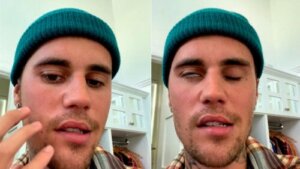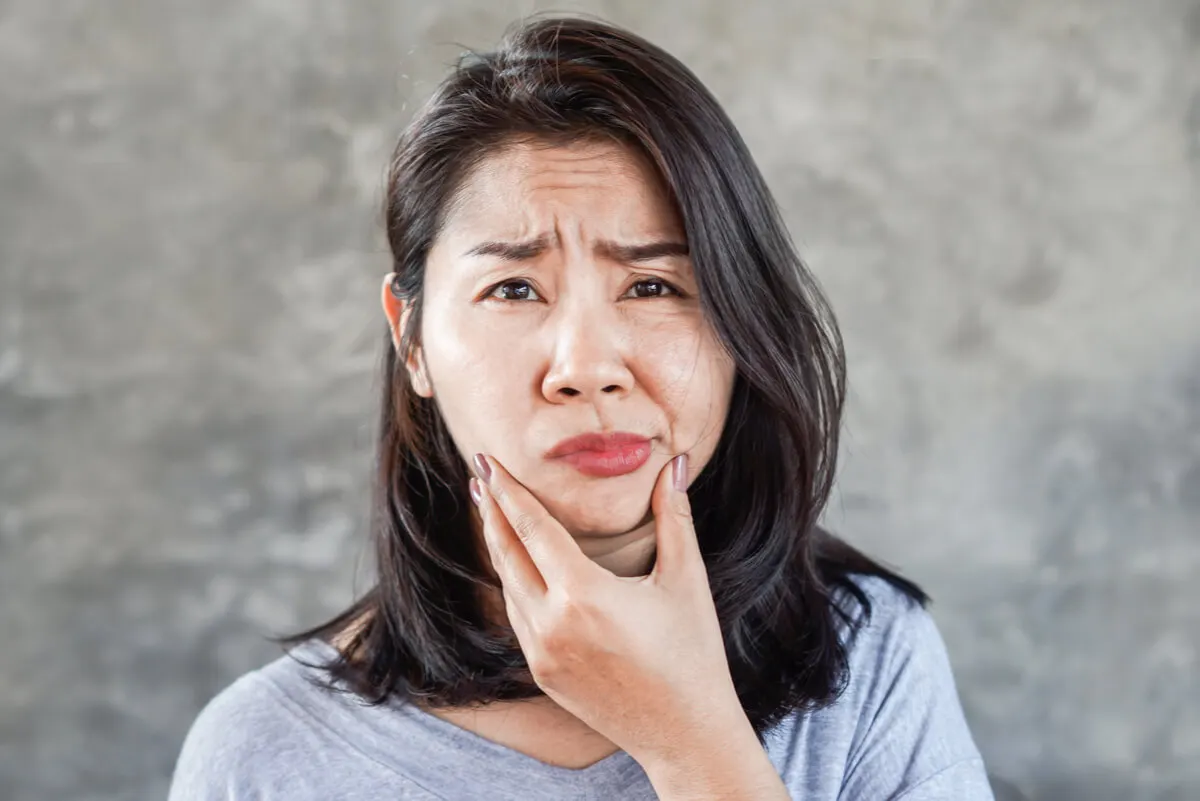Justin Bieber's Ramsay Hunt Syndrome: What Is this Disease?


Written and verified by the doctor Leonardo Biolatto
Justin Bieber has recently announced on his social networks that he’s suffering from a strange peripheral facial paralysis which has been diagnosed as Ramsay Hunt syndrome. This pathology has forced the young singer to suspend his upcoming concerts. Find out all about Justin Bieber’s Ramsay Hunt syndrome diagnosis in this article.
This disease is viral and is caused by the same virus that generates chicken pox and shingles. It’s capable of altering people’s quality of life, and, as we see happening with Bieber, even involves changing daily and work routines.
In this article, we’ll explain how the disease is contracted, its most obvious symptoms, and if there’s any treatment. We’ll ask what could happen with Justin Bieber’s career in the near future, until his Ramsay Hunt syndrome is resolved.
How does one get Ramsay Hunt syndrome?
It isn’t possible to say that the Ramsay Hunt syndrome, which Justin Bieber is suffering from, has been a contagion as such. It’s actually a reactivation of the varicella-zoster virus that is lodged in a cranial nerve.
The natural history of this disease is that the patient is exposed to the virus, usually in childhood, and may or may not have the typical chickenpox. The viral agent isn’t eliminated from the body and lodges in some neurons to remain in a latent state.
Over the years, it’s possible for the virus to reactivate. However, the person can also grow old without knowing anything about it.
The varicella-zoster virus can reactivate in the form of herpes zoster, which is more common than Ramsay Hunt syndrome. It happens when the lodging of the viral agent was in an intercostal nerve.
When reactivated in this mode, it causes the well-known shingles. There are vesicles and blisters on the thorax, with a sensation of burning pain and high skin sensitivity in the region.
In Ramsay Hunt syndrome, the lodging of the virus is in a nerve of the face or skull. Therefore, as we’ll see below, the symptoms are different from those of shingles.

Why does the virus reactivate?
The virus doesn’t reactivate in everyone who had chickenpox as a child. As we have already mentioned, many people go their whole life without hearing about it again.
The case of Justin Bieber’s Ramsay Hunt syndrome is somewhat rare because of his age. As far as we know from scientific studies, being over 60 years old is a risk factor for reactivation, and it’s less frequent in young people. The singer is currently 28 years old.
We can assume that reactivation of the varicella-zoster virus is due to a drop in defenses. That is, the immune system is weakened for some reason and the viral agent takes the opportunity to manifest itself and replicate in the nerve where it was lodged.
The immune system can be compromised for various reasons:
- A severe underlying disease that forces the body to direct resources there.
- The consumption of drugs that affect white blood cells and immunoglobulin production, such as corticosteroids, for example.
- States of stress, anguish or nervousness that increase the secretion of cortisol and, by this means, inhibit the usual action of white blood cells.
Find out more: Herpes Simplex Viruses and Their Characteristics
What are the symptoms of the disease?
Most patients with Ramsay Hunt syndrome have vesicles and blisters on the face, near the ears and eyes. Some people develop peripheral facial paralysis, with difficulty mobilizing one side of the face.
As you can see, this eye is not blinking. I can’t smile on this side of my face, so I have complete paralysis.
Justin Bieber’s Ramsay Hunt syndrome appears to lack the blisters, but it’s evident from the video he posted on Instagram that he has peripheral facial paralysis on his right side. This prevents him from mobilizing the eyelid normally and using gestures as a person without the pathology would.
Other symptoms that may appear are as follows:
- Pain in the face
- Tinnitus: a sound of unknown origin only perceived by the patient.
- Hyperacusis: momentary loss of hearing.
- Alteration of the sense of taste.
- Dizziness and vertigo.

Can Justin Bieber’s Ramsay Hunt syndrome be treated?
Research reveals that treatment for Ramsay Hunt syndrome is supportive. This means that there is no cure to eliminate the virus completely from the body.
Doctors can prescribe acyclovir, which is an antiviral that reduces the length of time the symptoms last. However, it must be administered early for it to be effective.
For associated symptoms there are specific medications. For example, if the patient is in pain, carbamazepine or an antidepressant with a neural analgesic effect may be prescribed. It’s common to supplement with vitamin B12 at the same time to promote neuronal recovery.
Dizziness and vertigo are also treated with antivertiginous drugs. And ocular lubricants are recommended for the eye on the affected side, as the lack of blinking can cause dryness and corneal damage.
The time of evolution is variable. We don’t know how many weeks Justin Bieber will be suffering from the symptomatic expressions of Ramsay Hunt syndrome.
It’s estimated that the average time is 3-4 weeks until remission. However, there are cases that last for months until complete recovery is achieved.
What’s in store for the singer?
Justin Bieber has had to cancel concerts due to the Ramsay Hunt syndrome he’s suffering from. This is quite logical, and he couldn’t perform in these conditions.
For the next 4 weeks, he’ll almost certainly be affected. We don’t know how things will evolve afterwards. It’s assumed that he will have already started treatment with antivirals when he was diagnosed.
Some complications should be monitored in this pathology. Some patients may be left with neuralgia, which is a dull and persistent pain in the nerve that had the paralysis, while others develop corneal ulcers due to the lack of ocular hydration because they don’t have an adequate blinking.
In the following month, we’ll have more news of the singer and we’ll know if his evolution is favorable. This doesn’t rule out him having a reactivation in the next few years, as the viral agent will remain in his body.
All cited sources were thoroughly reviewed by our team to ensure their quality, reliability, currency, and validity. The bibliography of this article was considered reliable and of academic or scientific accuracy.
- Jeon, Younghoon, and Heryim Lee. “Ramsay hunt syndrome.” Journal of Dental Anesthesia and Pain Medicine 18.6 (2018): 333-337.
- Crouch, Andrew E., Marc H. Hohman, and Claudio Andaloro. “Ramsay Hunt Syndrome.” StatPearls [Internet]. StatPearls Publishing, 2022.
- Kanerva, Mervi, Sanna Jones, and Anne Pitkaranta. “Ramsay Hunt syndrome: characteristics and patient self-assessed long-term facial palsy outcome.” European Archives of Oto-Rhino-Laryngology 277.4 (2020): 1235-1245.
This text is provided for informational purposes only and does not replace consultation with a professional. If in doubt, consult your specialist.








